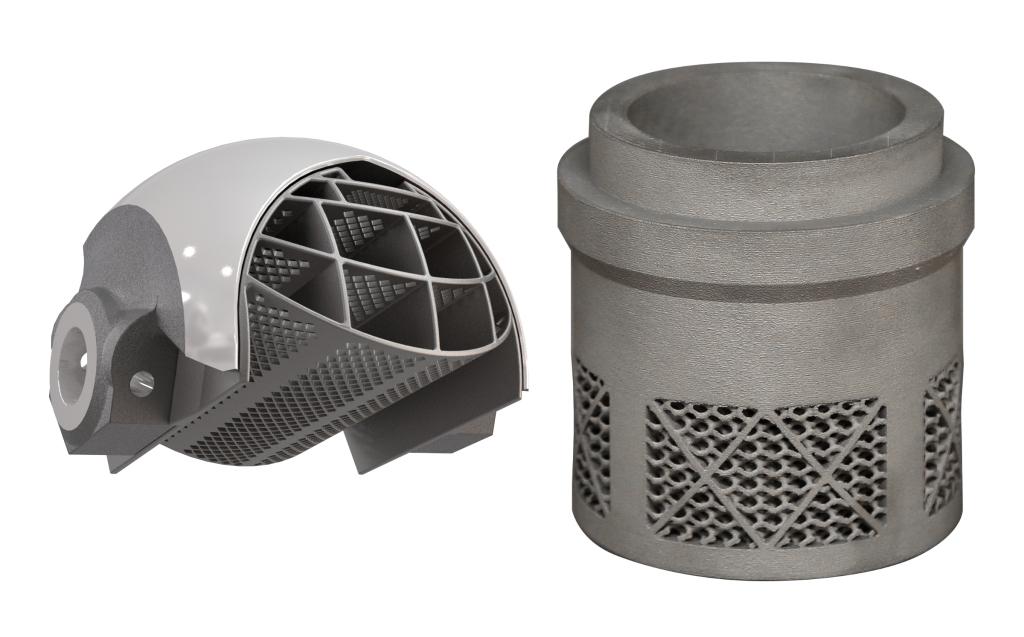20.11.2023
Emerson’s new “Valve Trim Technology”
Emerson has launched its new Fisher Whisper Trim Technology for use in both rotary and globe valves, providing an extension to its current portfolio of Whisper noise solutions. This next generation of Fisher Whisper Trim technology addresses noise issues by using additive manufacturing and other advanced techniques to create trim designs with increased capabilities.
Control valve noise is often problematic in industrial applications. It is created by high pressure drops across a valve, which generate high velocities as the fluid moves through the narrowed passages in the valve body. This aerodynamic noise has a strong dependence on the gas velocity, so high flow and high pressure drop applications tend to reach high sound levels very quickly. This type of noise can damage hearing, and over time it can destroy tubing, sensitive equipment, nearby piping connections, and valve components.
Rotary valves are typically less expensive than globe valves, but they are inherently prone to higher noise levels due to their trim configuration. It is difficult to incorporate a large amount of noise reduction into the trim because of the limited available space and other factors, so rotary valves are not usually employed in high noise applications.
The new rotary style Fisher Whisper Trim Technology addresses this issue, with additive manufacturing used to provide up to 20 A-weighted decibels (dBA) of sound level reduction, a 10 dBA improvement compared to traditionally manufactured solutions. These noise reduction levels are achieved while largely maintaining the high flow capacities common with rotary valves, and this solution saves significant costs as compared to globe valve alternatives.
www.emerson.com/en-us/catalog/fisher-nxv

Emerson's new valve is designed to improve noise reduction and flow capacity
« Back
|